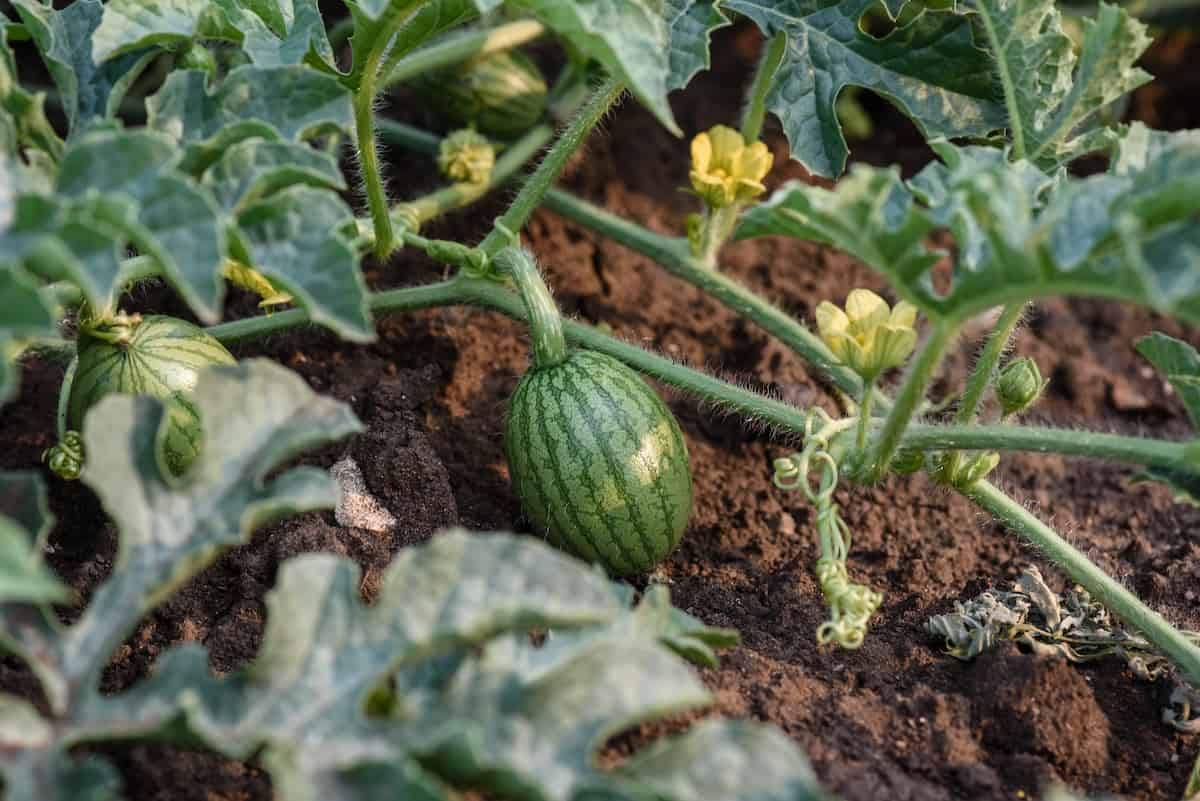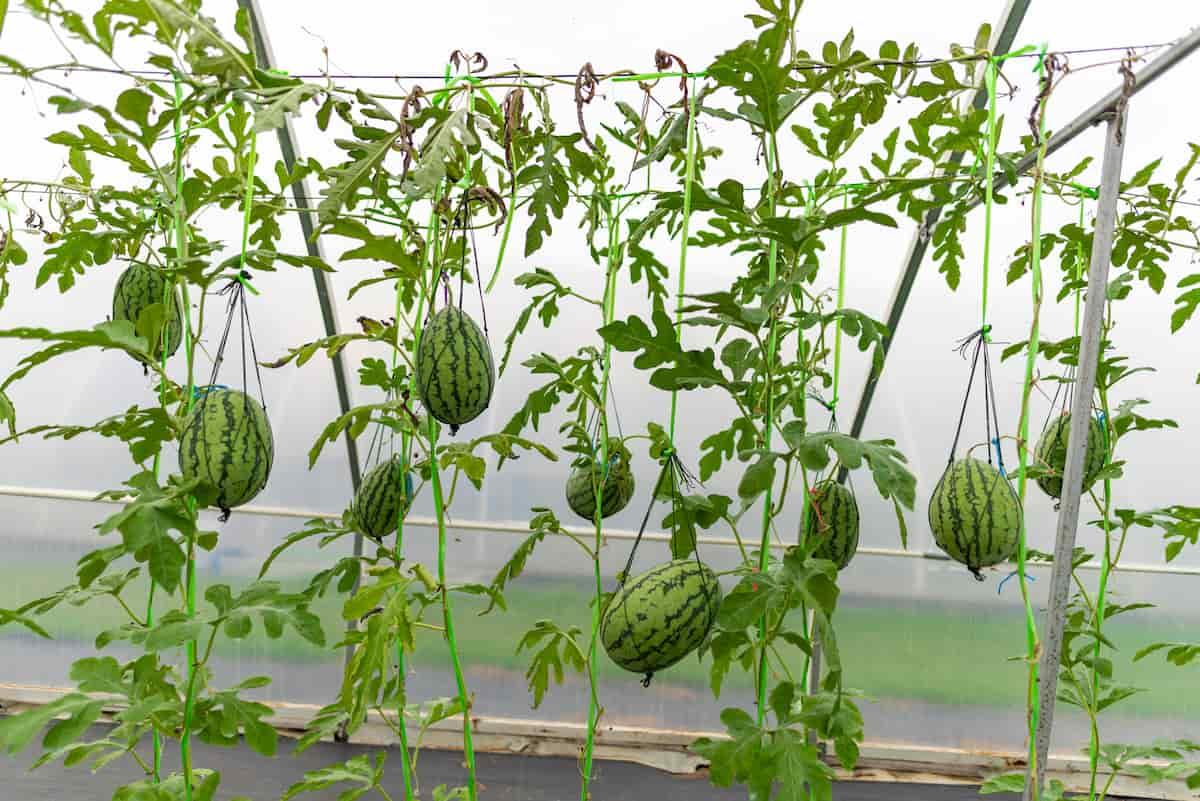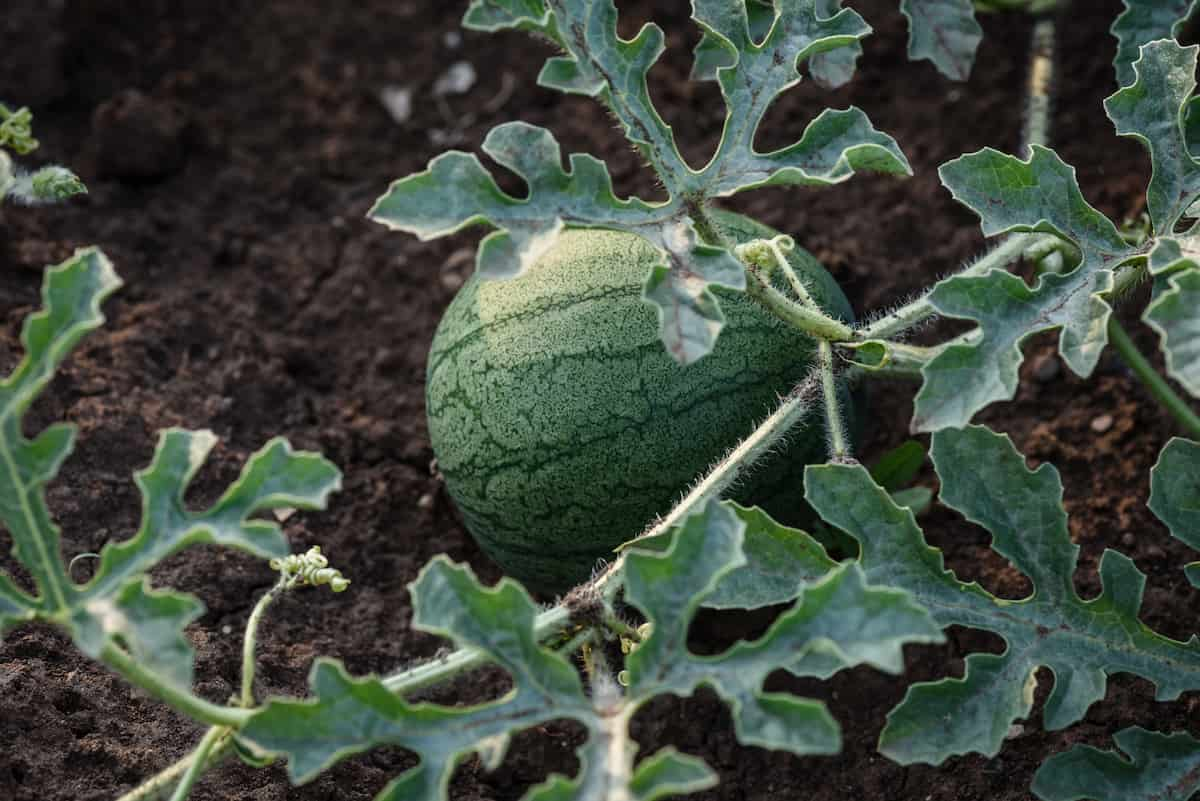Watermelons are a popular and delicious summer fruit that is enjoyed by many. However, did you know that the number of female flowers on a watermelon plant can greatly affect fruit yield? Female flowers are the ones that develop into watermelons, so increasing their number can result in a larger harvest. In this guide, we will explore various methods that can help increase the production of female flowers in watermelon plants. These tips, you can improve the quantity and quality of your watermelon crop and enjoy the sweet taste of summer to the fullest.

How to Increase Female Flowers in Watermelon
Introduction to Watermelon Cultivation
Watermelon cultivation is growing and harvesting watermelons, a popular summer fruit that people of all ages enjoy. Watermelons are known for their sweet and refreshing taste and are a great source of hydration and essential nutrients. Growing watermelons requires careful attention to the plant’s needs, including the right soil, water, sunlight, and nutrients. Watermelon cultivation plays a role in preserving biodiversity, as different varieties of watermelons have unique traits that make them more resilient to pests, diseases, and environmental stresses.
Understand the Anatomy of Watermelon Flowers
- Watermelon flowers are an important part of the plant’s reproductive system. These flowers are similar in appearance to other members of the Curbitaceae family, such as squash and cucumbers.
- Most watermelon varieties are monoecious, producing both male and female flowers. However, seedless varieties only produce female flowers and require assistance with pollination.
- Male watermelon flowers are the first to appear and are easily distinguished from female flowers. The stem leading to the male flower is thin, and the center of the flower is covered with small anthers filled with pollen. There is no bulging in the center of the male flower.
- Female watermelon flowers form after the males and are identifiable by the round-shaped stigma at the center of the flower. In addition, the female flower contains a fuller undeveloped shape: the unpollinated fruit. It’s worth noting that only about one in every seven watermelon flowers is female.
- Growers can expect to see watermelon flowers about 30 days after germination, depending on the variety and time to harvest.
Best Variety of Watermelon for Cultivation
Some of the most popular varieties include Picnic, All sweet, Charleston Gray, Crimson Sweet, Georgia Rattlesnake, Klondike Blue Ribbon Striped, Sweet Princess, Icebox, Blacktail Mountain, Bush Sugar Baby, Sweet Beauty, Personal, Golden Midget, Little Darling, Mini Love, Giant, Black Diamond Yellow Belly, Carolina Cross #183, Florida Giant, Seedless, Big Tasty, Mini Piccolo, Triple Crown, Orange Crisp, Orangeglo, Orange Tendersweet, Gold in Gold, Mountain Sweet Yellow, and Yellow Petite. Additionally, there is the Cream of Saskatchewan variety. Farmers and gardeners can choose the variety that best suits their needs and growing conditions.
Optimal Growing Conditions for Watermelon
- Watermelons can be directly sown outdoors or started indoors in paper or peat pots.
- Seeds need warm soil to germinate, so cover outdoor soil with black plastic to warm it to 70 degrees Fahrenheit.
- Plant in slightly mounded hills spaced 4 to 6 feet apart, with 4-5 seeds in the center and thin to 2-3 plants per hill.
- Watermelons require full sunlight and are well-draining and mildly acidic to neutralize soil with plenty of organic matter.
- Regular watering is necessary when first transplanted, but ease up on water when fruits begin setting.
- Watermelons prefer hot growing conditions (80 degrees Fahrenheit and higher) and can tolerate humid and arid conditions.
- Soil should be well-amended with organic matter before planting, and slow-release organic fertilizer can be added at the start of the season.
- Side dress with compost mid-season and use a low-nitrogen fertilizer after flowering begins to encourage the growth of flowers and fruit.
- Watermelons generally produce 2-4 fruits per vine, and fruits should be lifted and protected from rot and pests as they get larger.
- Prune off any flowers that form during the last 6-7 weeks before the first frost date to encourage existing fruits to ripen in time.
In case you missed it: Seedless Watermelon Farming: A Step-By-Step Guide for Seed to Harvest

Watermelon Flowering Stage
Watermelon plants produce yellow flowers in early summer with male and female parts for bee pollination. After pollination, flowers wilt, and small watermelons grow. Watermelon develops male and female flowers two weeks after most of its runners. Male flowers bloom first. Female flowers appear soon after male flowers.
Watermelon flowers only last one day, so there must be enough bees and other pollinators. The flowering stage is crucial for a successful fruit set and continuation of the watermelon species. Proper care during this stage, including watering, fertilization, and pest control, is important for a healthy harvest.
Factors that Affect Less Female Flowers in Watermelon
- High temperatures during flowering can cause the plant to produce more male flowers.
- Poor nutrition, specifically low levels of phosphorus or potassium, can limit the production of female flowers.
- Water stress can reduce the number of female flowers produced.
- Overcrowding of plants can lead to resource competition and reduce female flower production.
- Poor pollination can also result in fewer female flowers.
10 Simple Tips to Increase Female Flowers in Watermelon
- Grow watermelon plants in rows rather than mounds.
- Thin out the fruit once it begins to form.
- Ensure adequate moisture and nutrients are provided throughout the growing season.
- Fertilize regularly with a nitrogen-rich fertilizer.
- Prune the tips of the vines once they reach 6 to 8 feet long.
- Hand-pollinate the female flowers using a small paintbrush or cotton swab.
- Check if the watermelon plant is getting enough pollination necessary for fruit production.
- Determine if the plant is stressed or unhealthy, as this can cause the plant to produce fewer or no flowers.
- Give young plants some time to mature before producing fruit.
- Use multiple plants close together to encourage pollination.
Manual Pollination of Watermelon
- Hand pollination may be necessary for indoor growing or lack of bee/wasp populations.
- Male flowers produce pollen, and female flowers bear fruit.
- Female flowers open for only one day per growing season.
- Pollinate female flowers between 6-9 am.
- Each male flower can pollinate up to four female flowers.
- Use a brush for hand-pollination if touching the stamens is too damaging.
- Pollinated watermelons bear fruit within four months.
- Fruit forms below the female flower bud and grows along the ground until maturity.
- Warm summer weather and average watering are needed for development.
In case you missed it: Black Watermelon Farming: A Step-By-Step Guide to Start from Seed to Harvest

Conclusion
Increasing female flowers in watermelon can lead to higher fruit yield and overall success in growing this crop. By following the ten simple steps outlined in this guide, growers can improve their chances of producing more female flowers and, ultimately, more watermelons.
- Feed Your Flock for Less: Top 10 Tips to Save on Chicken Feed
- Ultimate Guide to Ossabaw Island Hog: Breeding, Raising, Diet, and Care
- Hatching Answers: The Top 10 Reasons Your Chickens Aren’t Laying Eggs
- Eggs and Economics: Breaking Down the Cost of Raising Backyard Chickens
- Defend Your Greens: Proven Methods to Keep Iguanas Out of Your Garden
- Ultimate Guide to Cinnamon Queen Chicken: A Comprehensive Guide for Beginners
- Ultimate Guide to California Tan Chicken: Breeding, Raising, Diet, Egg-Production and Care
- Ultimate Guide to Marsh Daisy Chicken: Breeding, Raising, Diet, and Care
- 10 Types of Chicken Farming Businesses You Can Start for Profits